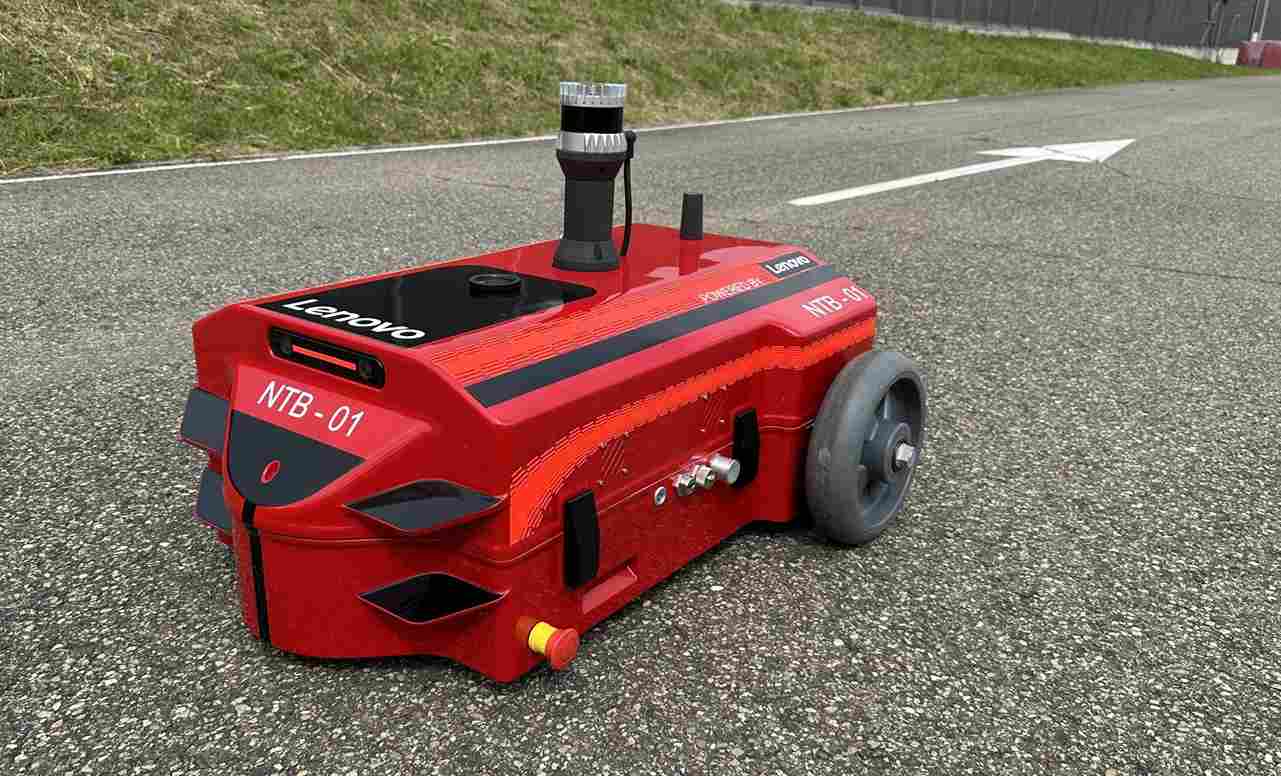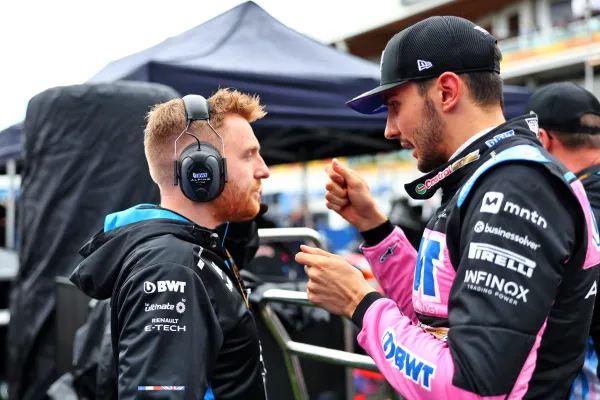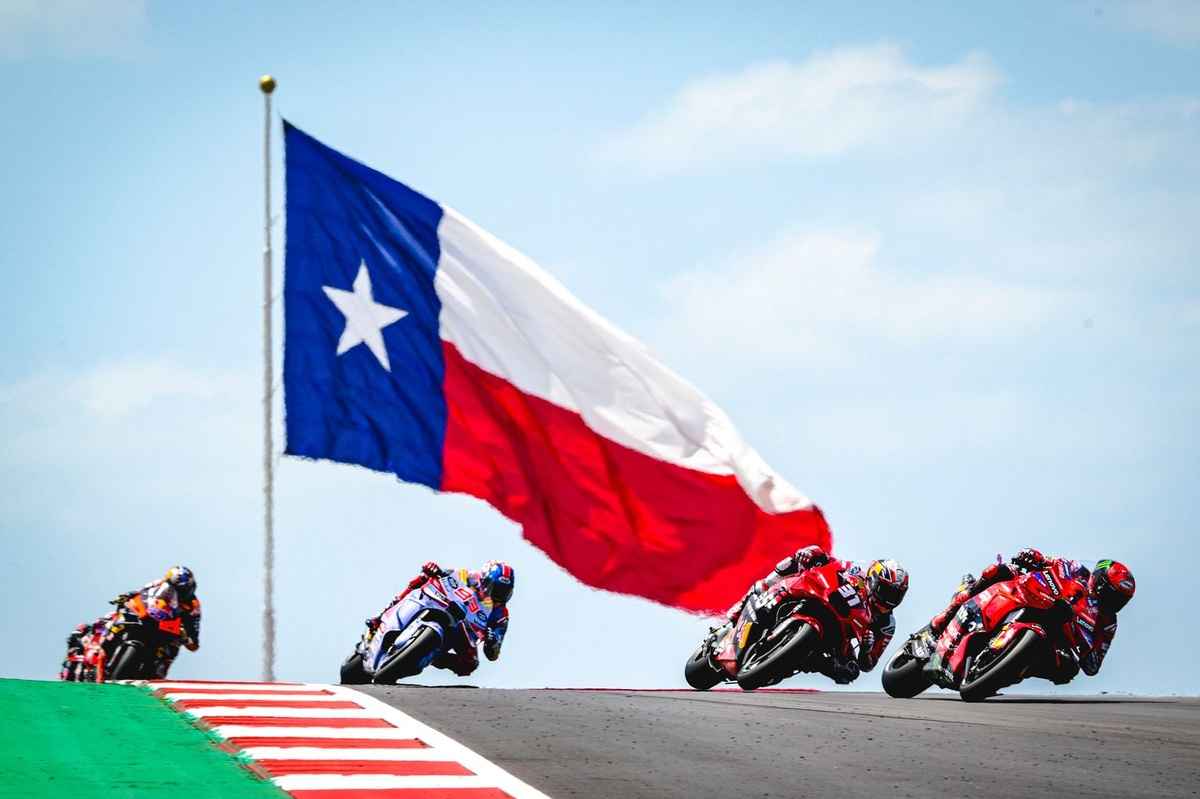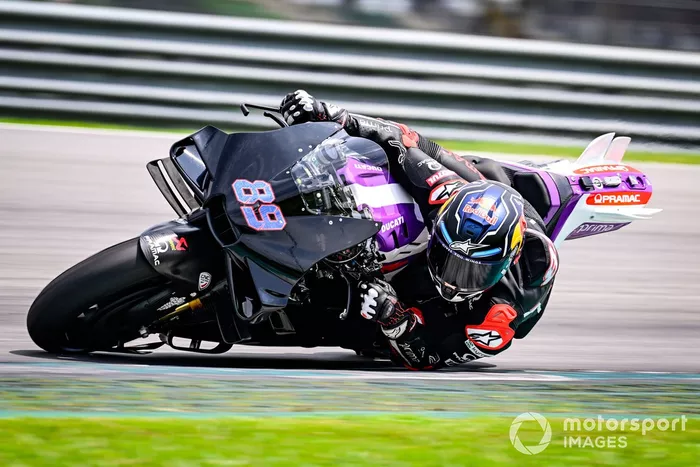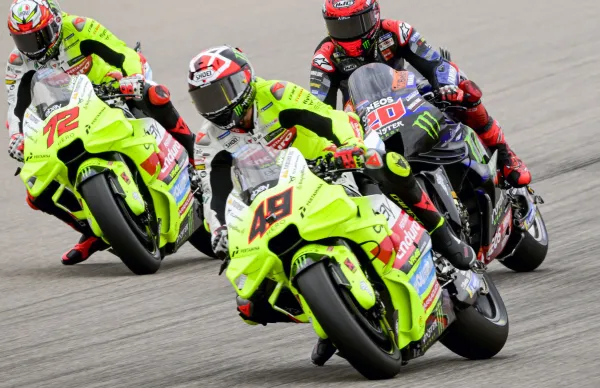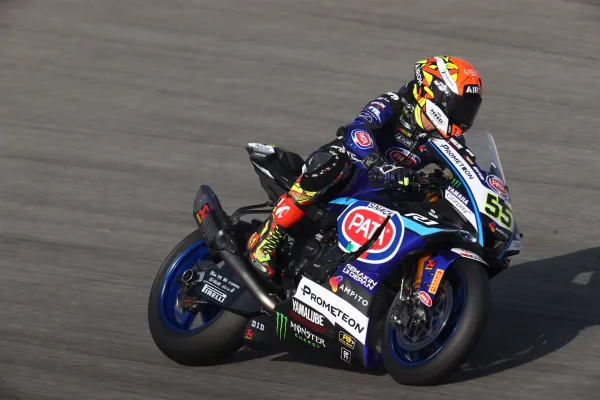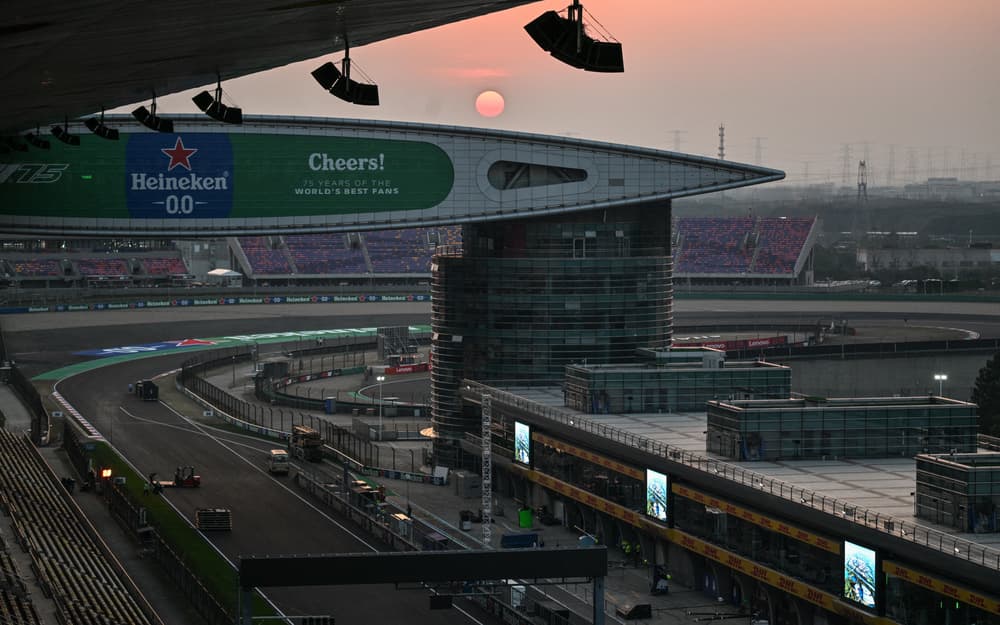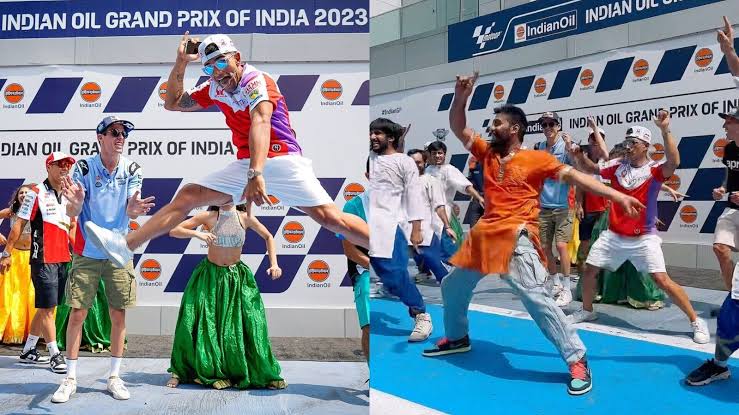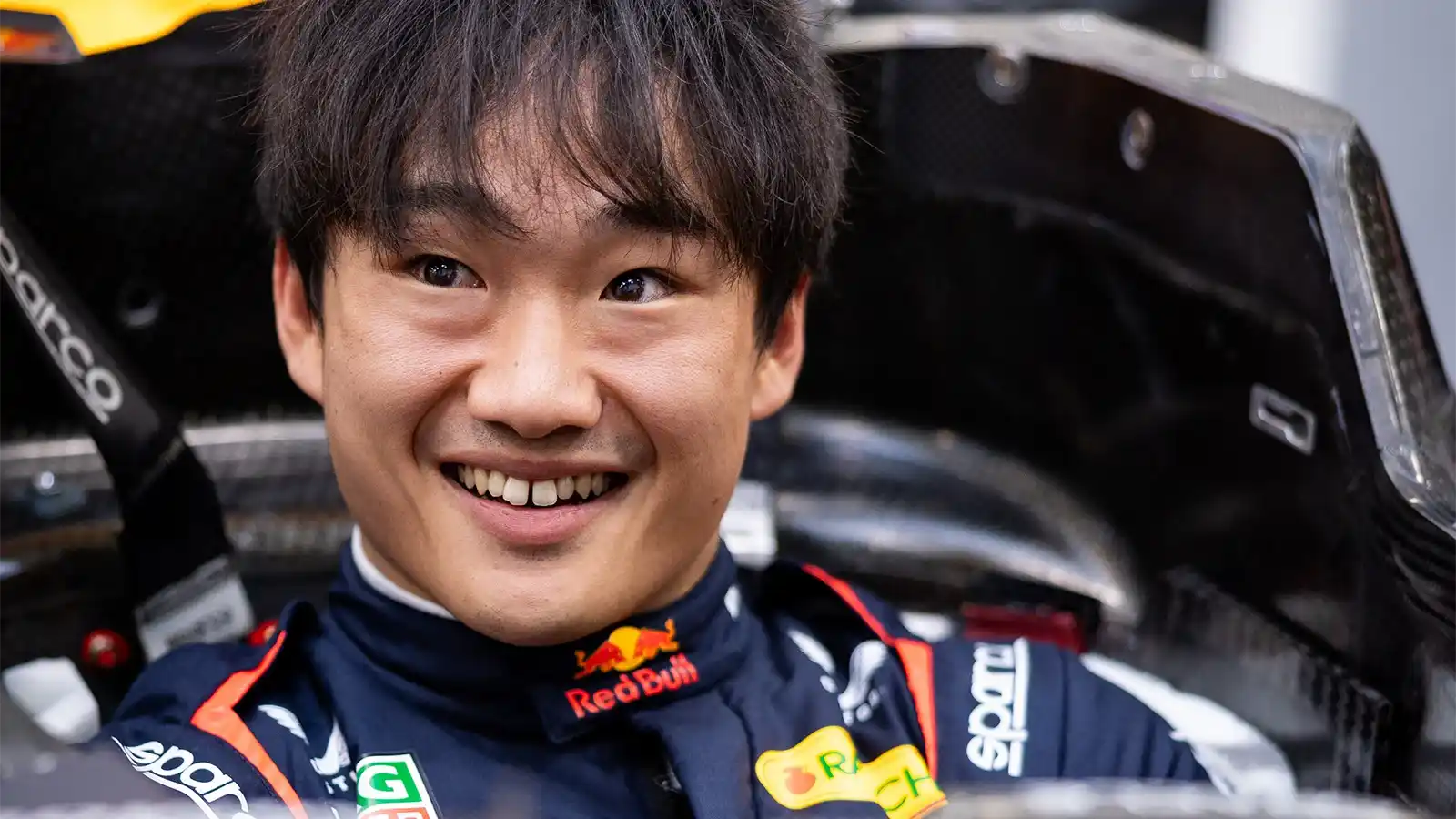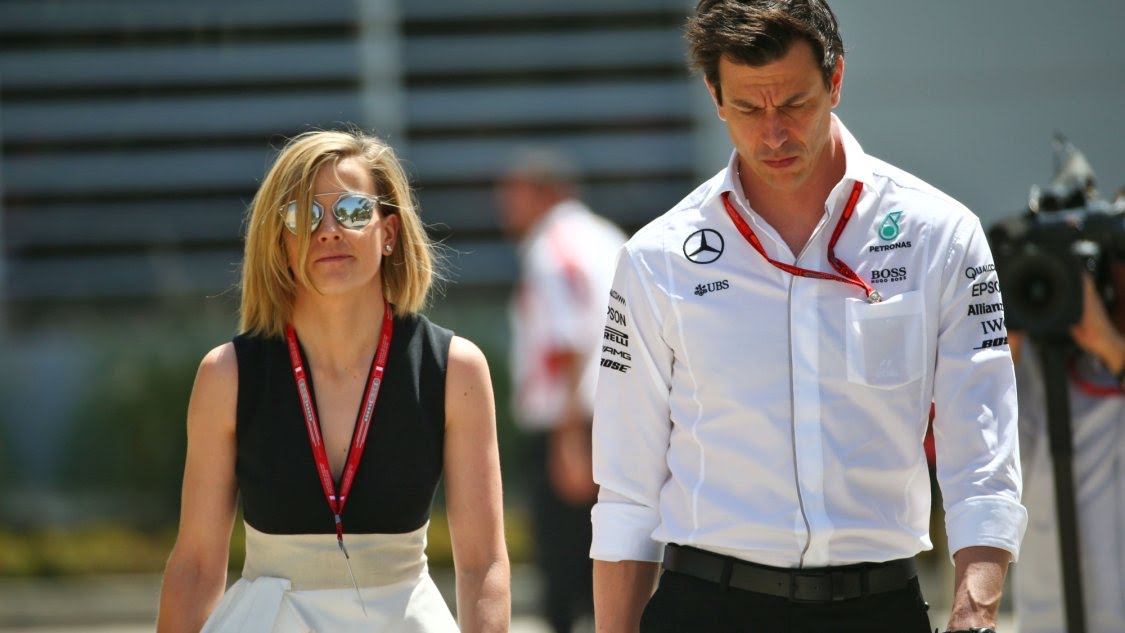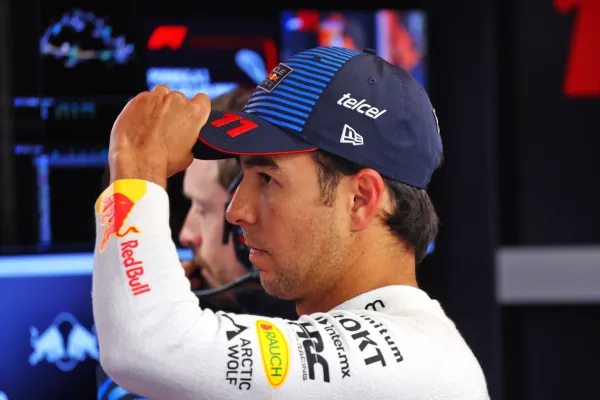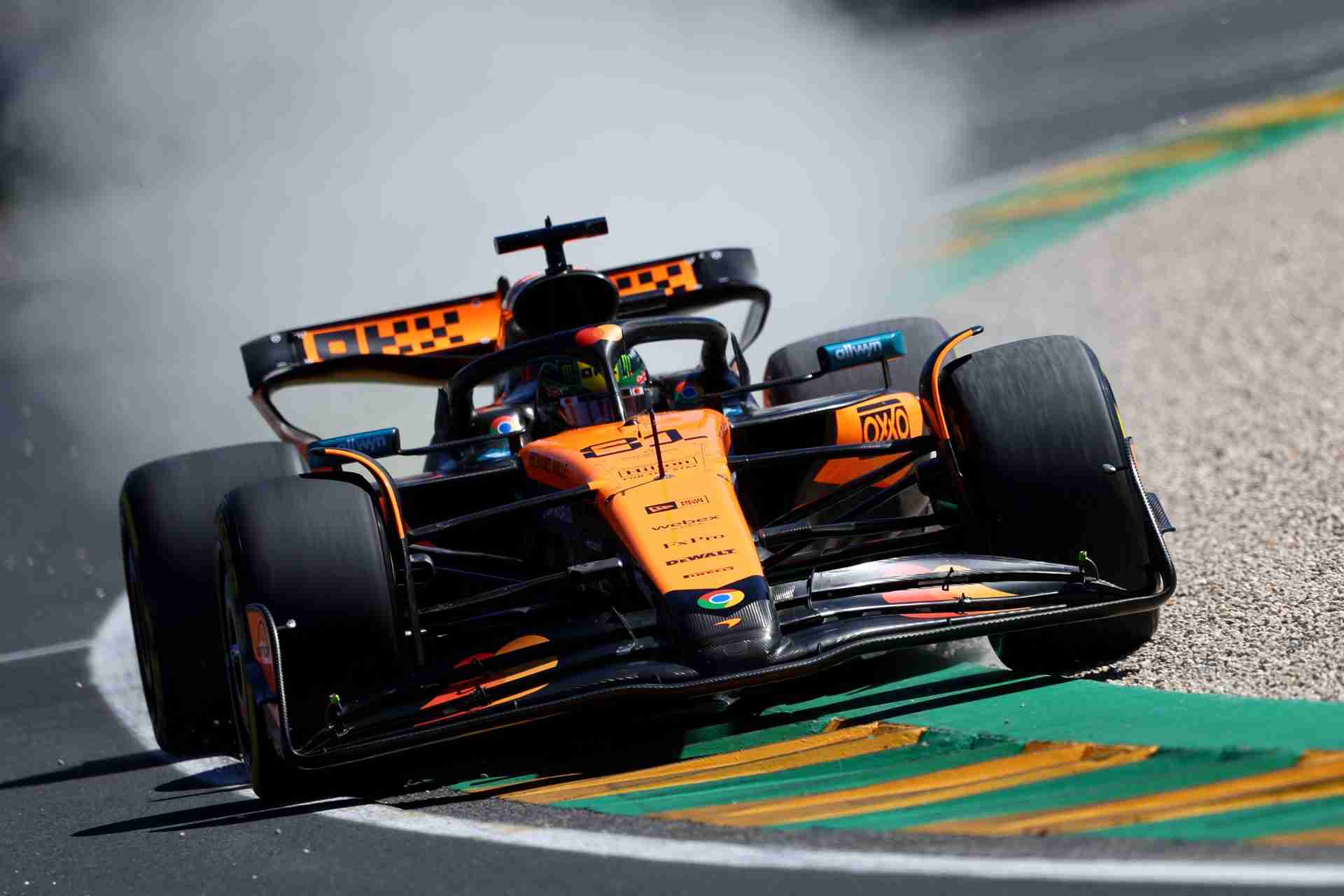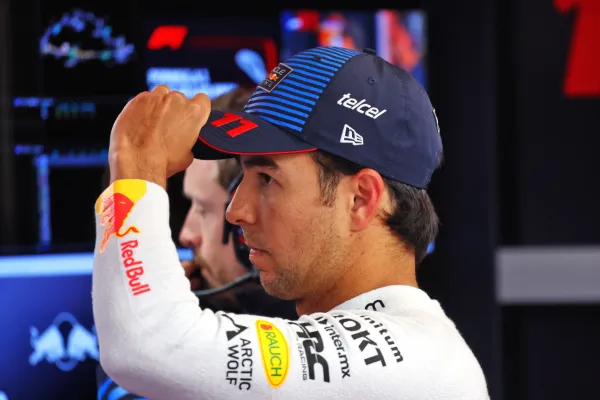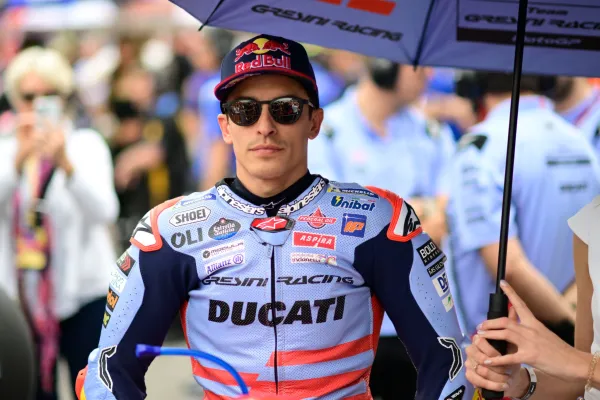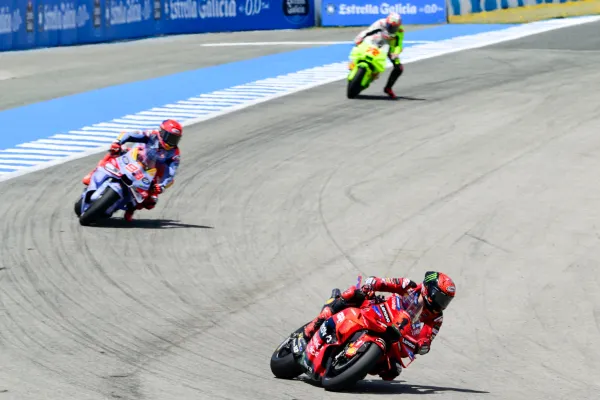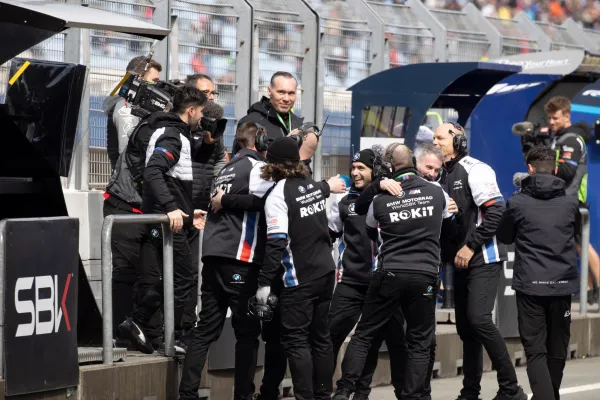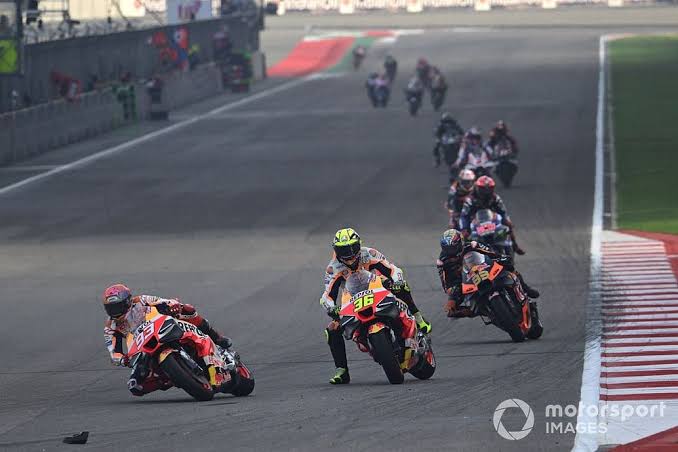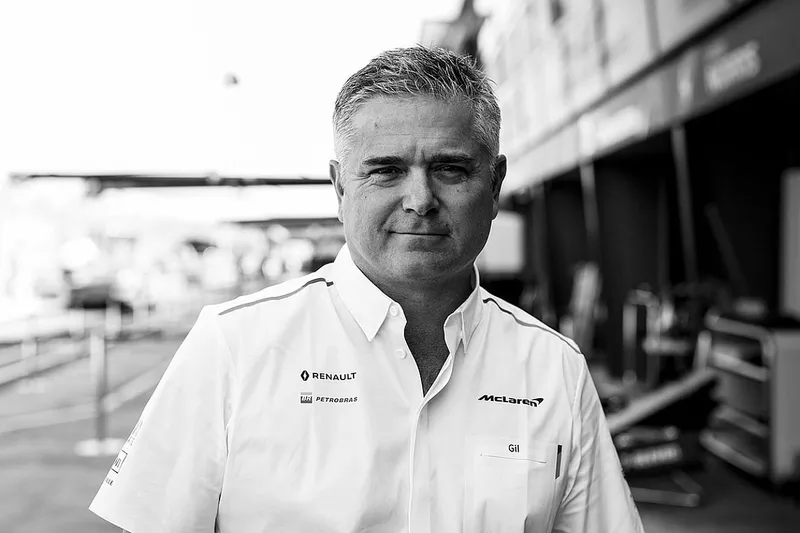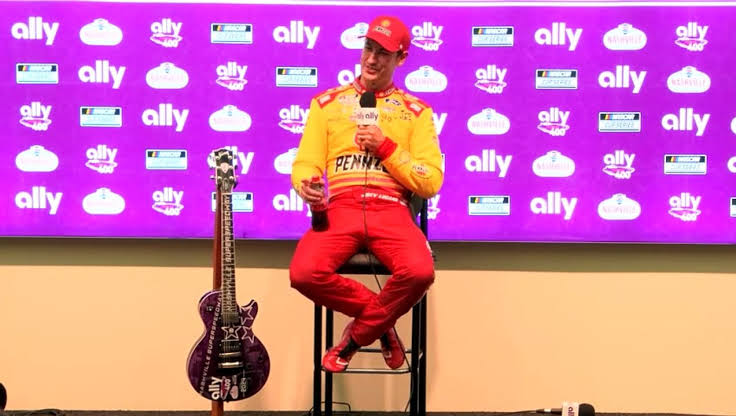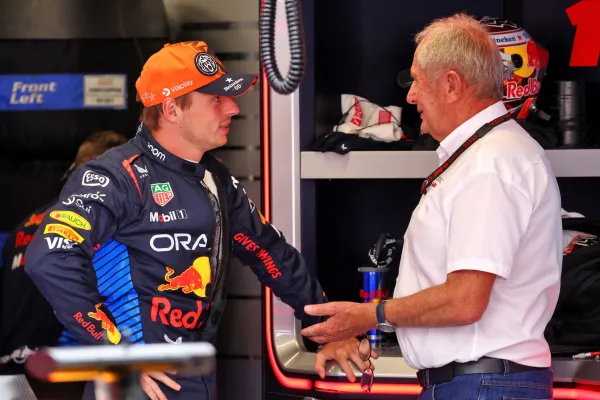Revolutionizing MotoGP: How Ducati’s Innovative Robot Fuels Success
In the high-stakes world of MotoGP, where every millisecond counts, innovation is the key to staying ahead of the competition. For Ducati, this innovation comes in the form of a cutting-edge robot, developed in partnership with Lenovo, which has become a crucial component in their quest for MotoGP dominance. This article delves into the story of how this technological marvel is transforming the racing landscape and propelling Ducati to new heights.
Introduction to Ducati and Lenovo’s Partnership
Ducati and Lenovo’s partnership is more than just a sponsorship; it’s a technological fusion that has been driving Ducati’s success in MotoGP for years. Since 2018, Lenovo has been providing Ducati with advanced computing solutions, including edge servers and high-performance workstations. This collaboration reached new heights in 2021 when Lenovo became the title partner of the Ducati Lenovo Team, marking a significant shift towards integrating technology into motorsport excellence.
The partnership is built on a shared vision of innovation and performance. Lenovo’s expertise in computing and data analytics complements Ducati’s engineering prowess, creating a powerful synergy that enhances every aspect of their racing operations. From data analysis to simulation modeling, Lenovo’s technology plays a pivotal role in optimizing bike performance and strategy.
The Role of the Robot in MotoGP
The robot in question, often referred to as the Lenovo ThinkStation P360 Ultra, is a track-enabled device designed to map circuits with unprecedented precision. It can move at a speed of 6 km/h and process information within a radius of 200 meters, creating an ultra-detailed 3D map of the circuit. This map includes critical details such as track slope, asphalt type, climbs, descents, and even tire tracks left on the track.
The robot’s primary function is to collect millions of data points per second, providing Ducati’s engineers with invaluable insights into the circuit’s conditions. This data allows them to fine-tune motorcycle settings more efficiently than ever before. By comparing current data with historical data, they can detect changes in the track or asphalt, giving riders like Marc Marquez and Pecco Bagnaia a competitive edge from the very start of free practice sessions.
How the Robot Enhances Performance
The integration of this robot into Ducati’s race preparation process has been revolutionary. By generating a 200GB digital recreation of each circuit, Ducati can enhance the accuracy of their simulation models. These models predict how different setup changes will affect bike performance under various track conditions, such as ambient temperature and humidity. This precision can lead to race time improvements of up to three seconds, a significant margin in MotoGP where fractions of a second often decide the winner.
Moreover, the robot’s data helps in optimizing tire choice and wear management. By analyzing the track’s surface and conditions, Ducati’s engineers can select the best tire compounds for each session, ensuring maximum grip and durability. This strategic advantage is crucial in races where tire degradation can significantly impact performance.
Impact on MotoGP Success
Ducati’s success in recent seasons is a testament to the effectiveness of this technological partnership. With riders consistently securing pole positions and victories, the team’s dominance is evident. The robot’s contribution to this success cannot be overstated; it has become an indispensable tool in Ducati’s arsenal, allowing them to stay ahead of the competition by leveraging data-driven insights.
Learn more about Ducati’s journey throughout MotoGP in our article.
The Future of MotoGP Technology
As MotoGP continues to evolve, the role of technology will only grow more critical. Ducati’s use of AI and machine learning, facilitated by Lenovo’s computing power, sets a new standard for innovation in motorsport. The creation of digital twins of racecourses, enabled by these advanced technologies, promises to redefine how teams prepare for races and optimize bike performance.
In the future, we can expect even more sophisticated applications of technology. From real-time data analysis during races to advanced predictive models that forecast weather conditions and their impact on track performance, the possibilities are vast. The integration of IoT devices and edge computing will further enhance the speed and accuracy of data processing, allowing teams to make quicker decisions and adapt to changing conditions more effectively.
Broader Impact of Technology in Racing
The use of advanced robots and AI in racing is not limited to MotoGP. Across various motorsports, teams are increasingly leveraging technology to gain a competitive edge. Whether it’s Formula 1 or IndyCar, the integration of data analytics and machine learning is transforming how teams approach race preparation and strategy.
In Formula 1, for instance, teams use sophisticated sensors and algorithms to optimize car performance. They analyze data from every aspect of the vehicle, from engine performance to aerodynamics, to make precise adjustments that shave off precious seconds from lap times. Similarly, in IndyCar, teams rely on advanced data analysis to fine-tune their cars for different tracks and conditions, ensuring they are always competitive.
The Role of Data in Racing
Data has become the lifeblood of modern racing. From sensor-equipped vehicles that monitor every aspect of performance to sophisticated algorithms that predict optimal racing lines, data-driven insights are crucial for success. The ability to analyze vast amounts of data quickly and accurately is what sets top teams apart, allowing them to make informed decisions about everything from tire choice to engine tuning.
Moreover, data analytics plays a critical role in driver performance analysis. By tracking every move a driver makes, teams can identify areas for improvement and provide targeted feedback. This not only enhances driver skills but also helps in developing strategies that exploit opponents’ weaknesses.
The Power of Partnership
The story of Ducati and Lenovo’s partnership is a testament to the power of collaboration in driving innovation. By combining their expertise in motorsport and technology, they have created a winning formula that is redefining the boundaries of what is possible in MotoGP. This partnership serves as a model for other teams and industries, demonstrating how strategic alliances can accelerate progress and achieve remarkable results.
Conclusion
In the fast-paced world of MotoGP, staying ahead requires more than just skill and instinct; it demands a deep understanding of how technology and data come together to make those crucial adjustments that separate winners from runners-up. Ducati’s partnership with Lenovo has shown that with the right blend of innovation and technological prowess, even the smallest margins can be transformed into significant advantages. As the sport continues to evolve, it will be exciting to see how this partnership and others like it push the limits of what technology can achieve in racing.
To explore more about how MotoGP teams maintain their edge through technological advancements, see our article on The Evolution of MotoGP Technology.
Stay updated on the latest MotoGP news on our MotoGP blog.
